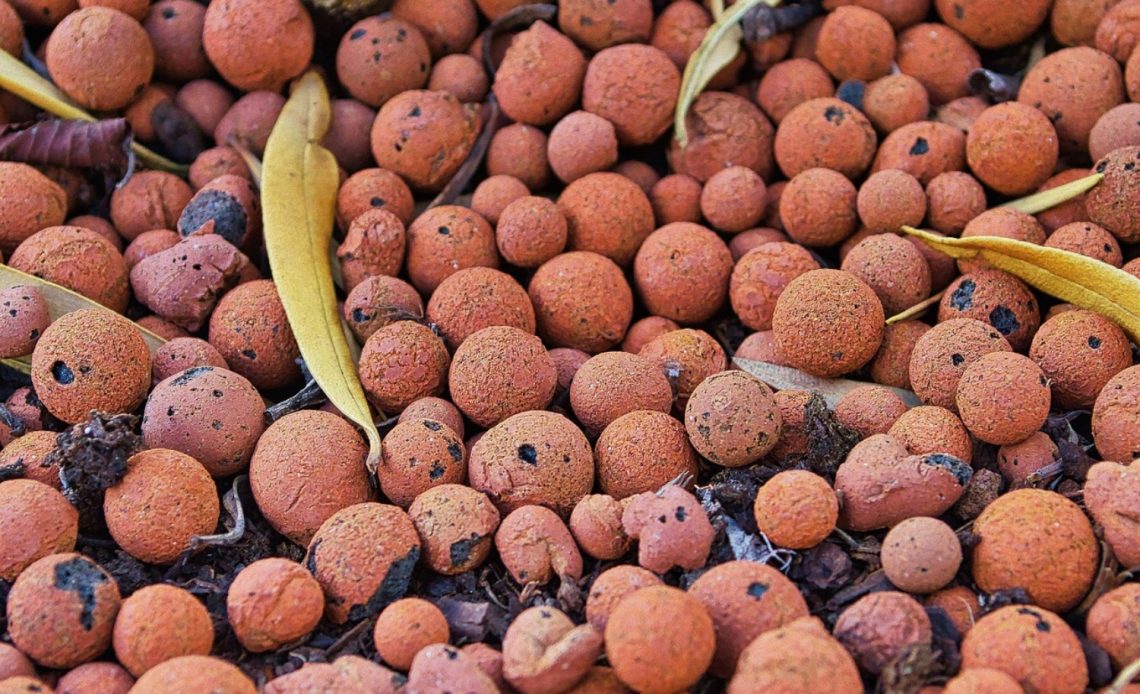

We’re here to help! Wild Yards is a completely free website that is 100% dedicated to helping you create a wildlife-friendly, sustainable yard. Read more
WildYards is reader-supported. When you buy a product through a link on our site, we may earn a comission. Every product is independently selected by our (obsessive) editors and our reviews are unbiased and objective. Read more about our mission or our privacy policy.
Looking for a new growing medium for your garden? Hydroton clay pebbles are a great alternative substrate that has grown in popularity in the past decade, and it’s not hard to see why. These lightweight pebbles are easy to use whether you’re growing a traditional garden or getting into hydroponics and aquaponics. If you’re new to hydroton clay pebbles and want to ensure you use them properly in your garden, we’re here to help you get started.
Hydroton clay pebbles are porous, allowing for a steady, uniform release of oxygen, water, and nutrients. For plants that need good drainage, hydroton clay pebbles can be mixed in with garden soils to help them dry out more quickly.
What are hydroton clay pebbles and how are they made?
Hydroton clay pebbles, also known as light expanded clay aggregate (or LECA) are a type of growing substrate made up of clay pieces that are about the size of a grape or marble. To make hydroton clay pebbles, clay pellets are fired in a rotary kiln at over 2,000 degrees Fahrenheit, which causes them to fill with air pockets. Once they’ve cooled and dried, the resulting lightweight clay pebbles are perfect for growing in.
Hydroton clay pebbles are tan to reddish-brown in color. The pebbles look like smooth pumice stones, peppered with air pockets that allow the substrate to retain moisture and nutrients. Hydroton clay pebbles are not spongy, so they won’t hold onto water the same way a potting soil mixture will. But this makes them suitable for growing plants that require excellent drainage, like lavender or succulents.
What are some of the benefits of hydroton clay pebbles?
Whether you’re starting to experiment with aquaponics or hydroponics, or whether you’re looking to fill some newly constructed raised garden beds, hydroton clay pebbles can help. But what makes hydroton clay pebbles so great, anyway? Here are just a few of the ways that hydroton clay pebbles can benefit your garden.
Hydroton clay pebbles are sterile and inert
Hydroton clay pebbles do not retain decaying matter, meaning they’re not a hospitable substrate for damaging bacteria to grow in. These pebbles are nutrient deficient and have a neutral pH. The fact that they’re inert makes caring for your plants much simpler. Because hydroton clay pebbles don’t contain any nutrients, this gives you total control over which vitamins and minerals your plants receive and in what measure.
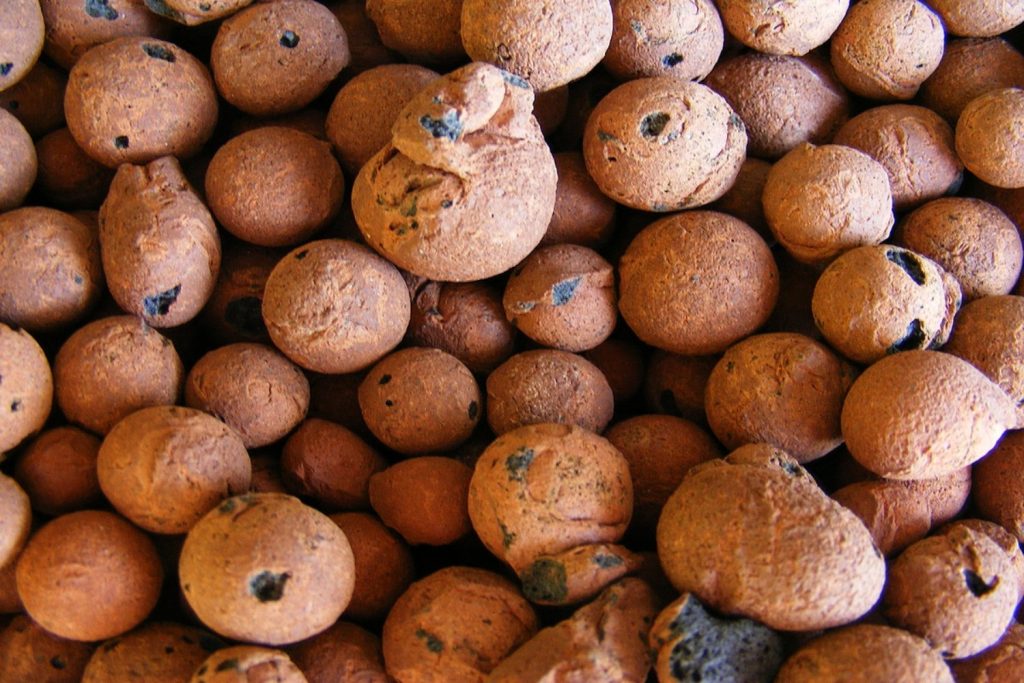
Hydroton clay pebbles are reusable
One of the major benefits of hydroton clay pebbles is that they can easily be hosed off at the end of the growing season, sterilized, and reused to grow new plants. Hydroton clay pebbles should still be cleaned off in between crops to keep plants healthy. Peroxide and isopropyl alcohol work well for sterilizing used pebbles. Once the pebbles have dried, they can be resoaked and reused, or stored in clean buckets to be used later on.
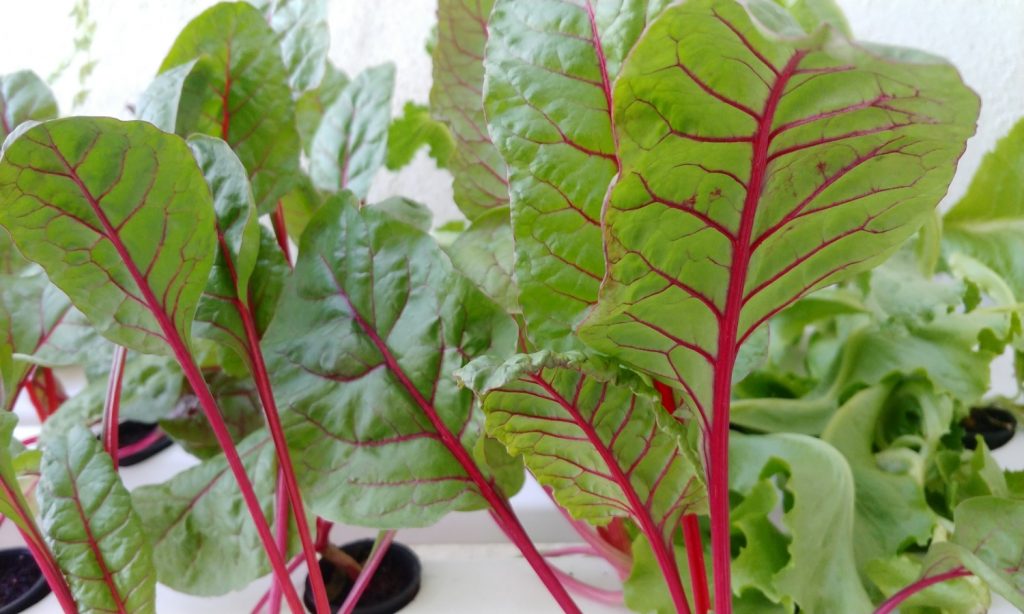
Hydroton clay pebbles are renewable
It’s funny — if your native soil is clay-rich, you may find that it can be difficult to grow in. Clay is comprised of fine particles, so it tends to stay overly compacted. Because clay soils aren’t very porous, they cause water to run off quickly. And when they do become saturated, they can be incredibly difficult to work with. Wet clay soils come up in clumps that stick to your shovel, post-hole diggers, and anything else. But once that clay is shaped into small pieces and fired at a high temperature, it becomes an ideal growing medium or soil amendment for a variety of plants that is both renewable and environmentally friendly.
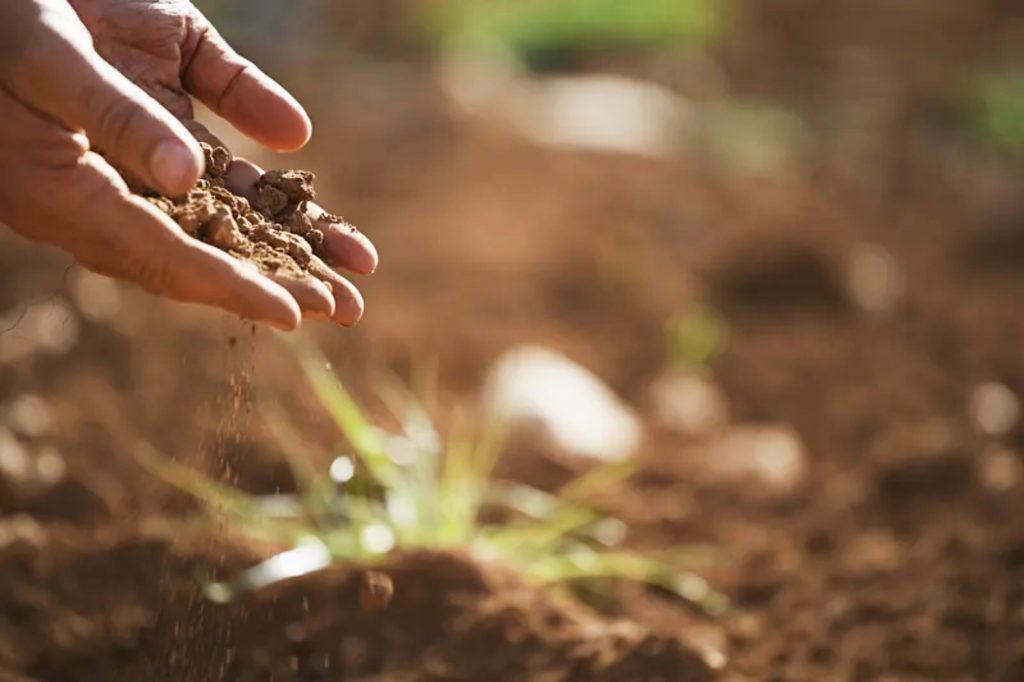
Hydroton clay pebbles offer good drainage
Grab a handful of hydroton clay pebbles and you’ll notice they aren’t spongy. They’re unlike soil, which expands and contracts as it gets watered and dries out. Hydroton clay pebbles are quite firm, so their water retention capabilities are limited. The air pockets hold onto just a bit of moisture, and once it’s gone, the pebbles will feel totally dry. This makes hydroton clay pebbles an ideal growing medium for plants that require good drainage.
Certain plants, like succulents and cacti, as well as Mediterranean-native herbs like lavender, rosemary, and thyme, require dry soils. If your native soil stays wet, then it may not be suitable for these plants. But hydroton clay pebbles can be used to amend these types of soils so you can enjoy growing these plants in your garden.
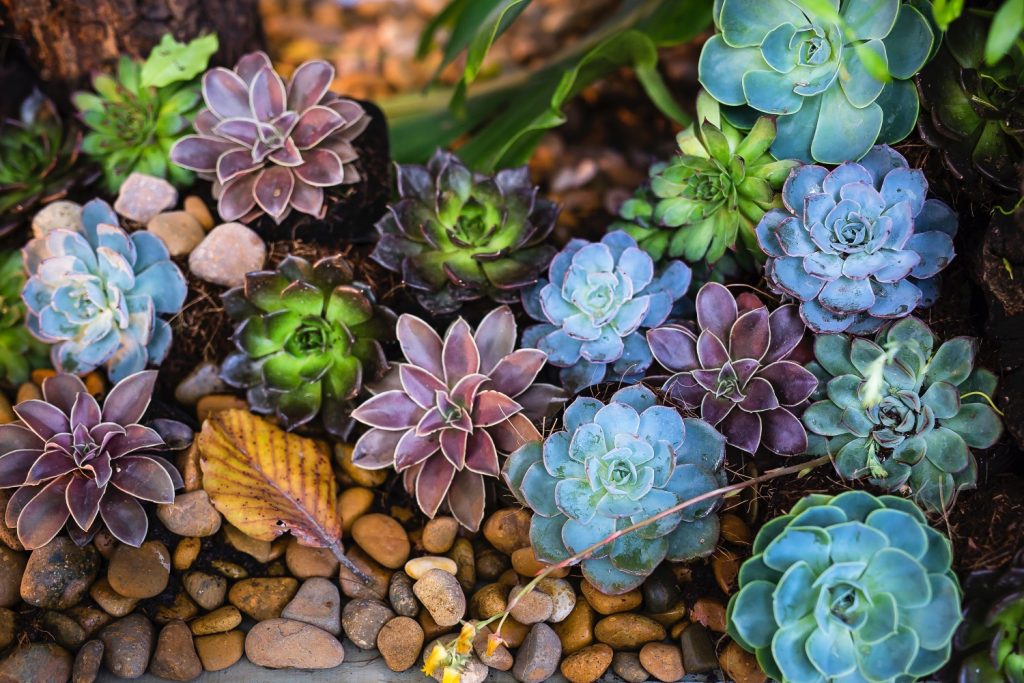
Hydroton clay pebbles improve aeration
Compacted soils have limited pore space. Not only do these soils struggle with moisture retention and drainage, but they also lack the necessary room to let oxygen in. Anaerobic soils are a breeding ground for harmful bacteria, but hydroton clay pebbles can help break things up and make it easier for oxygen to reach your plant’s roots. Plants need air to circulate around their root systems. Oxygen aids in root respiration, a process by which plants convert glucose and other nutrients into energy. Mixing hydroton clay pebbles into your garden’s soil can greatly improve your plant’s health.
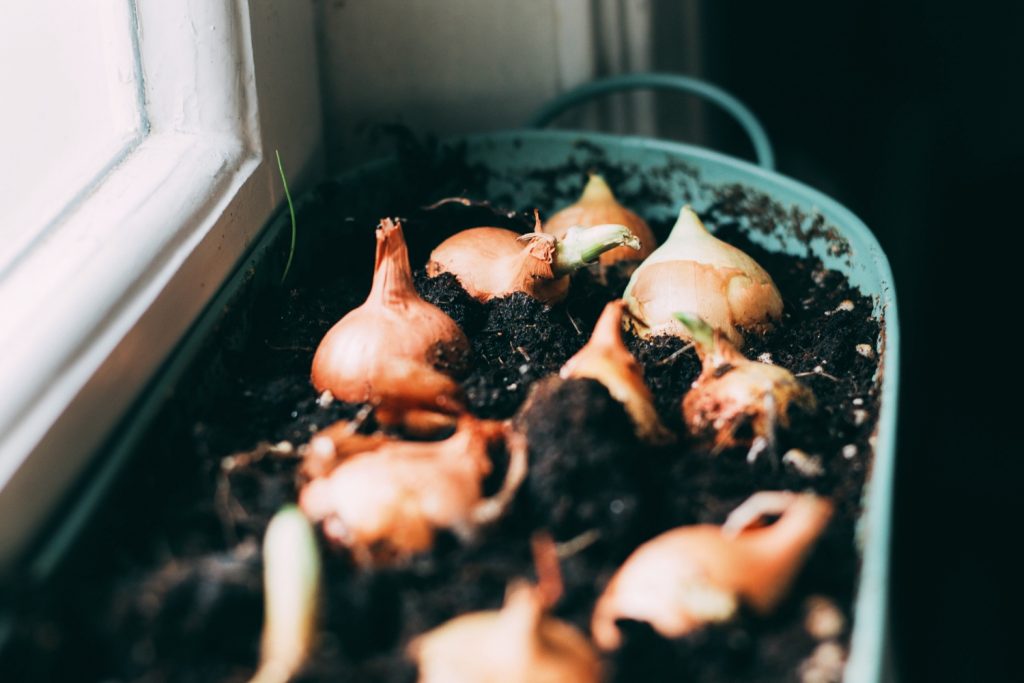
Hydroton clay pebbles make transplanting easy
Transplanting can be a stressful time — both for you and your plants! If you move your plants into overly-compacted soil that doesn’t drain properly, it can make it difficult for them to adjust. In fact, they may never overcome the stress of the move and may die completely.
Transplanting comes with risks, which can make it a nerve-wracking experience. After all, it’s a waste of time and money to move seedlings or established plants to a new space only to have them die once they get there. But hydroton clay pebbles are loose, providing transplanted plants with a flexible growing medium to root into. Plus, once the growing season is over, you can easily uproot the plants without having to struggle to get them out.
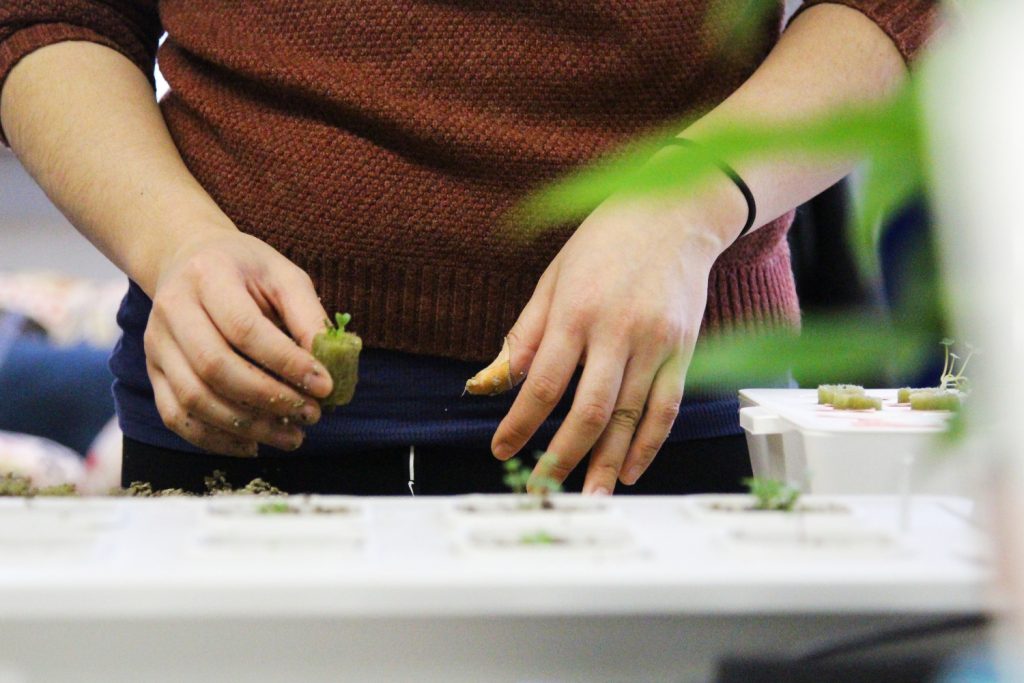
How can you use hydroton clay pebbles in your garden?
When it comes to using hydroton clay pebbles, there’s really nothing to it. You can use the pebbles on their own as a growing medium for hydroponic or aquaponic gardens, or mix them with garden soil to fill your raised beds. But you’ll need to make sure you use them properly to maximize your chances of success.
Determine how many pebbles you’ll need
Don’t worry, you don’t need to count out each pebble individually! As a rule of thumb, a pound of hydroton clay pebbles can cover one square foot at a depth of 2 inches. Measure out the space you intend to plant in to ensure you use the correct amount of hydroton clay pebbles.
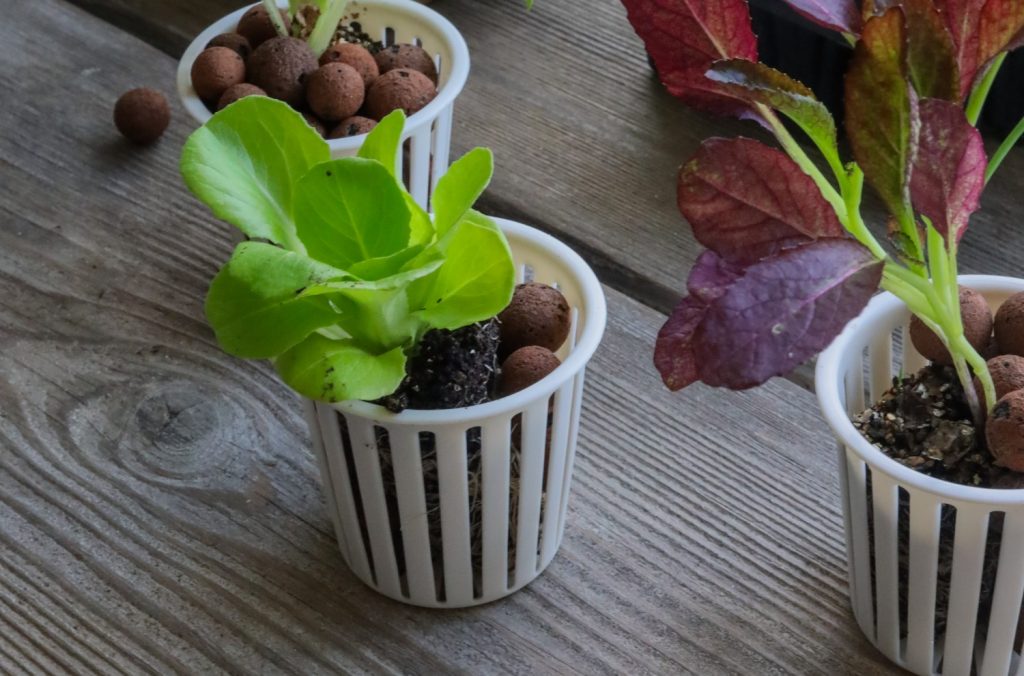
Rinse the pebbles
Hydroton clay pebbles are covered in dust, which can be irritating to the sinuses. So before you do anything, you’ll need to rinse the pebbles to keep the dust to a minimum. Spread the hydroton clay pebbles out on a tarp and hose them down with a garden hose. Be sure to wear goggles and a face mask and avoid opening the bags of hydroton clay pebbles on a windy day.
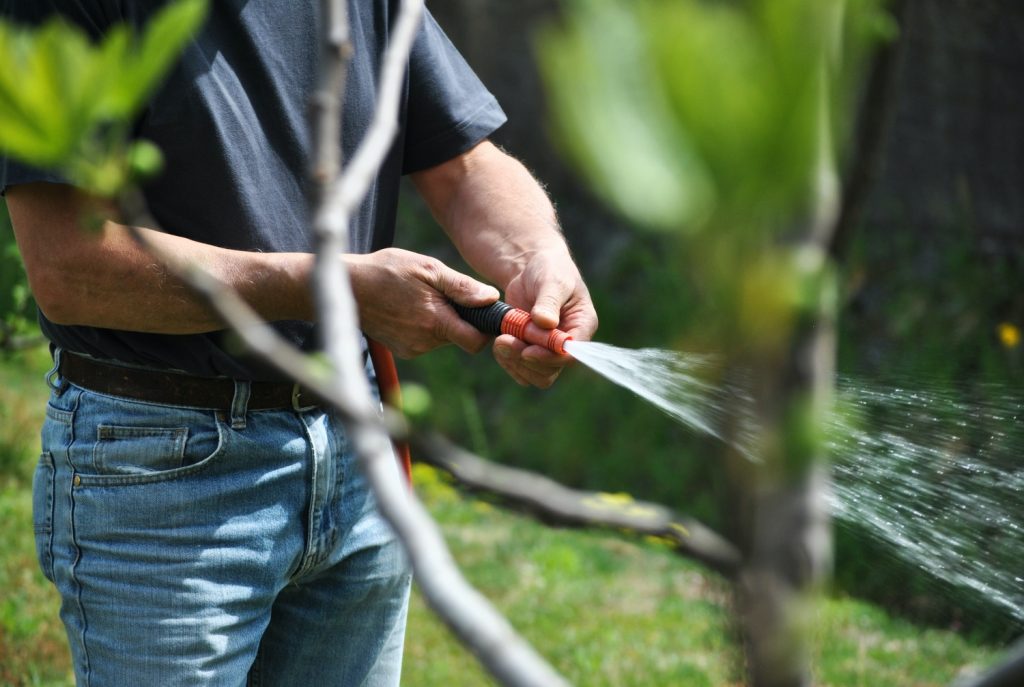
Soak them well
Once the pebbles have been rinsed, it’s time to soak them. Hydroton clay pebbles are lightweight and porous. If you use them straight out of the bag, they may float or bounce around easily. Soaking them gives them some weight and helps anchor them in place once they’ve been added to water features. Soak the hydroton clay pebbles in water mixed with the growing solution of your choice for a minimum of 6 hours should do the trick. However, for best results, you should allow the pebbles to soak for 24 hours or longer.
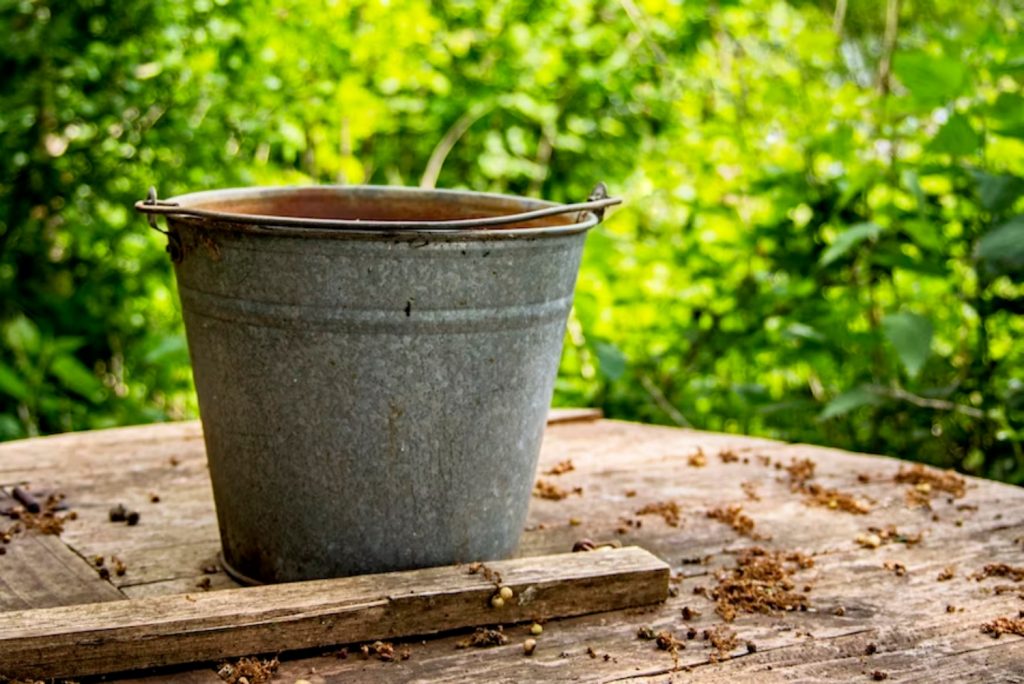
Mix them with soil
Soaked hydroton clay pebbles can be mixed into your garden soil to improve drainage and aeration. As a general rule, the more compacted your soil is, the more hydroton clay pebbles you’ll need to add, whereas sandy and loamy soils won’t require as much. But, of course, you should also consider the growing requirements of the plant(s) in question, too.
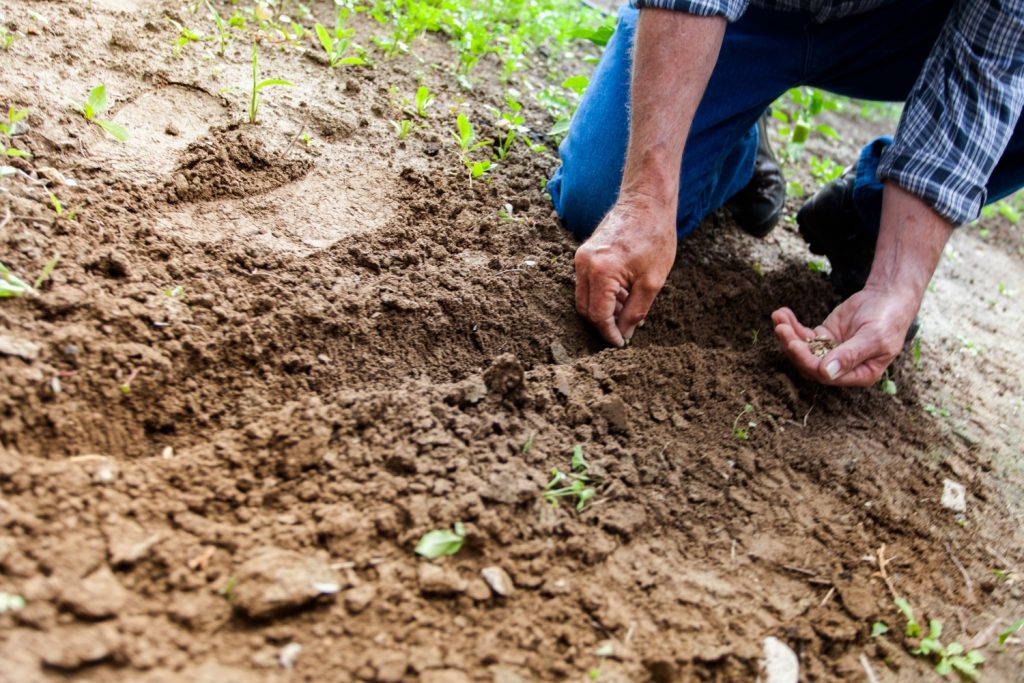
Use them for hydroponics/aquaponics
If you’re growing in hydroponic or aquaponic systems, then simply place the plants of your choice into the net pots, and use hydroton clay pebbles to fill in around them. Hydroton clay pebbles can be used to germinate seeds and clone plants, too. However you decide to use your hydroton clay pebbles, be careful not to let them dry out completely, as they are unable to provide plants with sufficient moisture for survival on their own.
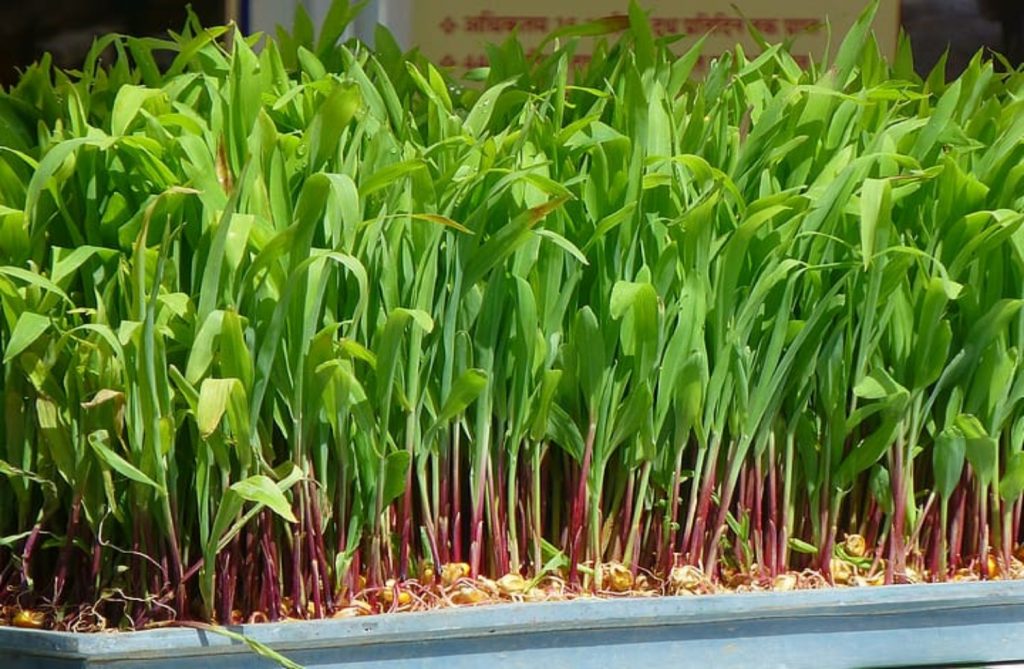
Reusing old pebbles
You can reuse hydroton clay pebbles for years, but they should be sterilized regularly to prevent transferring bacteria. When you’re done with the pebbles for the season, rinse them off and apply a peroxide or isopropyl alcohol dilution to kill off any bacteria that may be lurking in the air pockets. Allow the pebbles to dry, then store them or use them again.
Are there any downsides to hydroton clay pebbles?
Hydroton clay pebbles have a ton of benefits to offer. As a gardener, they’re an invaluable tool to keep in your arsenal. But there are a few downsides to using hydroton clay pebbles that are worth keeping in mind, too.
Hydroton clay pebbles don’t retain much moisture
We discussed this earlier, but it bears repeating. Hydroton clay pebbles don’t retain a lot of moisture, and that particular quality is a double-edged sword. For some plants, the fact that hydroton clay pebbles don’t hold much water is a good thing. For others, it’s not so great.
If you intend to grow moisture-loving plants like elephant ears, ferns, or hostas, then hydroton clay pebbles may not be the best choice. You would be better off choosing a potting mixture that has been amended with compost, manure, and/or sphagnum moss, instead. These substances are spongier, and retain more moisture, yet are loose enough that they won’t become compacted over time.
When choosing a substrate for your garden, it’s important to keep the plants in mind. It’s also worth noting that even if you intend to grow moisture-loving plants, you can still use hydroton clay pebbles to grow them — but you may find you need to mix them in with more potting soil for your plants to grow well.
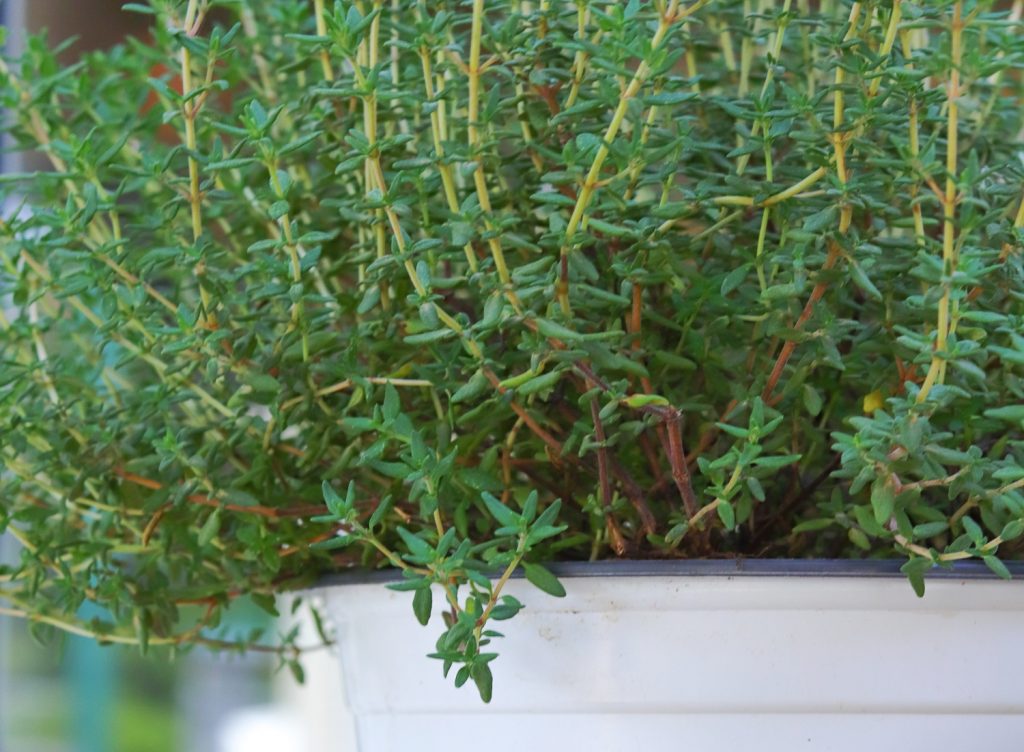
Hydroton clay pebbles can be costly
If you’re a backyard gardener with a small space, hydroton clay pebbles are a worthwhile investment. But if you’ve got a large garden to fill, hydroton clay pebbles may not be the most cost-effective option. These pebbles cost on average $15.00 per liter. While they’re certainly a wonderful option for small gardens, they’re an expensive choice for large growers. Consider using perlite or coconut coir instead.
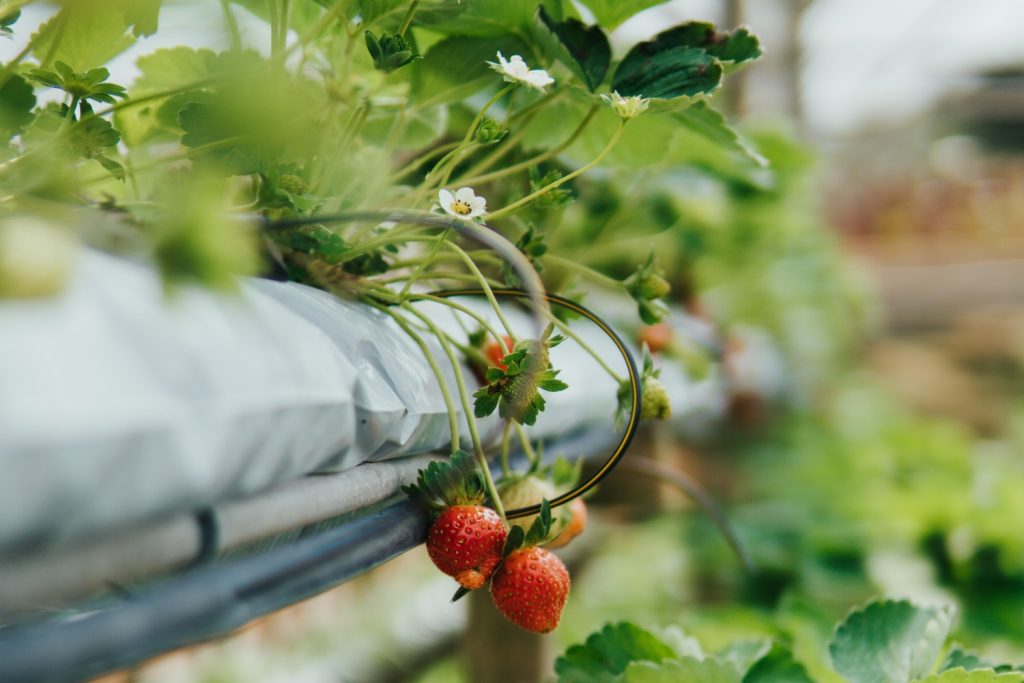
Hydroton clay pebbles can clog up water pumps and drain pipes
If improperly soaked, hydroton clay pebbles may float around and get sucked into water pumps. This can cost thousands of dollars in damage. The pebbles can also find their way into drainage pipes and clog them, causing water to back up all over the place. Be sure to cover intakes with mesh and drainage pipes with geotextile fabric to keep the pebbles out. Soaking the pebbles for up to a month before adding them to water systems can help prevent them from floating around in the first place.
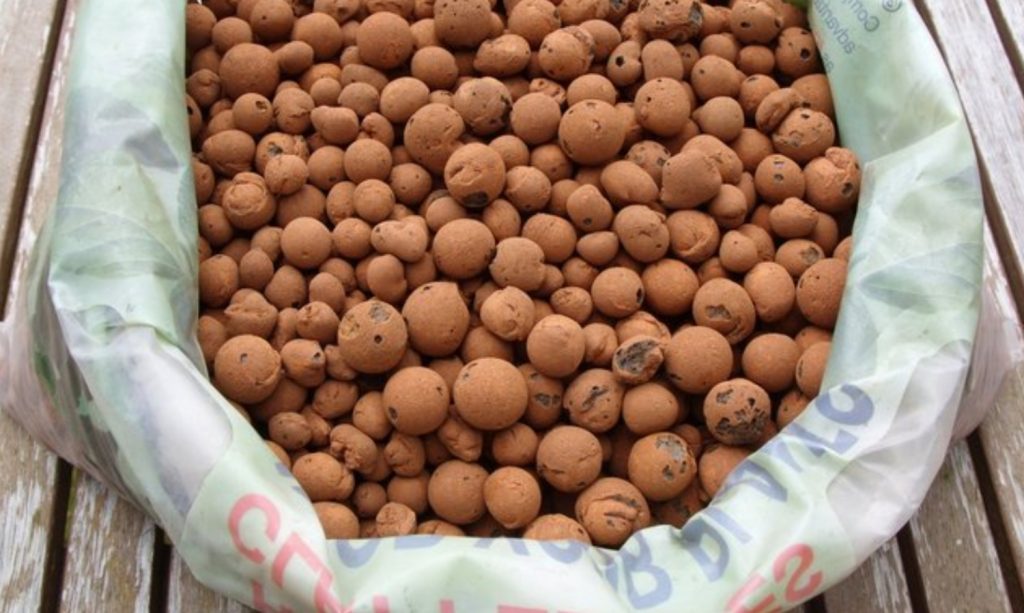
More tips for using hydroton clay pebbles in your garden
Although it is possible to grow plants in hydroton clay pebbles alone, this should only be done for short periods of time. Because they’re nutrient deficient, hydroton clay pebbles are incapable of feeding plants. Soaking the pebbles in liquid plant food can help, but not for long. It’s best to mix the pebbles with compost or a potting soil mix to provide plants with some long-term nutrition.
Over time, you may notice white residue on the uppermost layer of your hydroton clay pebbles. This is salt and should be flushed from the substrate quickly. Water potted plants from the top down to remove the build-up, and remember to rinse the pebbles regularly to keep them clean.
All in all, hydroton clay pebbles can help you improve the structure of the soil in your garden, and provide your hydroponic or aquaponic garden with an easy-maintenance substrate for growing in.
